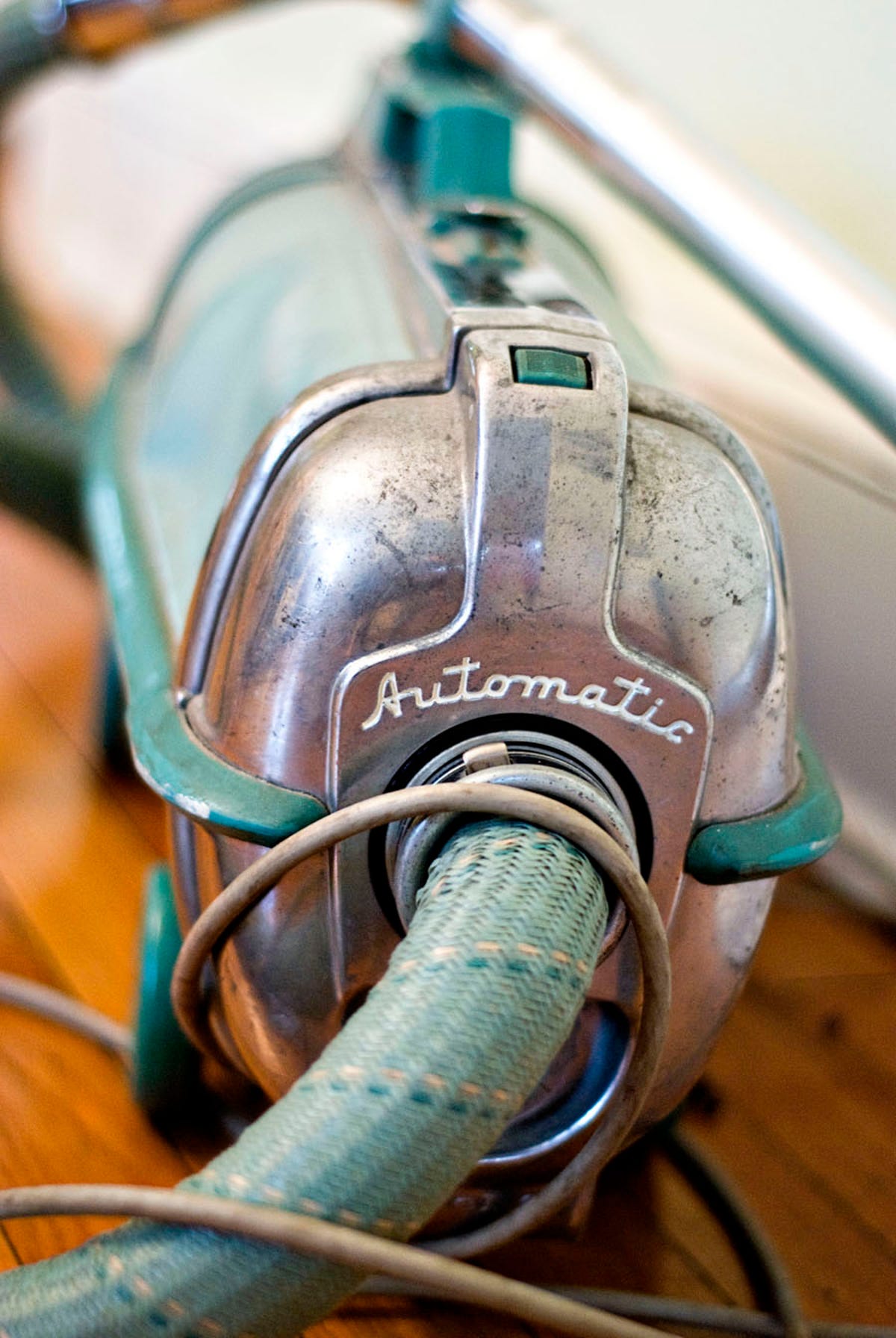Crazy-cool vintage vacuum cleaners (pictures)
Back in the day, vacuum cleaners looked like everything from spaceships to wagons.

Vision in turquoise
Today, we take lightweight handhelds and self-sufficient robot vacuums for granted. But vacuum cleaners weren't always so sleek or intuitive.
The owner of this gorgeous early-1960s Electrolux canister vac paid less than $20 for it at an estate sale.
Vintage tech
The Electrolux still works and uses canister bags, which are increasingly hard to come by.
Quite a collection
The Museum of Clean, in Pocatello, Idaho, houses quite a collection of vintage vacuums. These are only the beginning.
Older than dirt
The world's first vacuum cleaner arrived at the turn of the 20th century, according to the Museum of Clean.
Clean on wheels
Here's a 1915 vacuum on wheels. Weight: A lofty 100 pounds.
All the rage
The Royal Standard debuted in 1914. It sold 1 million units ... even though only a few million American homes had electricity at the time. It's at the Vacuum Cleaner Museum in St. James, Mo.
Hovercraft
Pam Kueber owns this 1955 Constellation vacuum by Hoover. It's built to float on its own exhaust ... kind of like Luke Skywalker's landspeeder.
Space craze
The Vacuum Cleaner Museum has its own Constellation, which was modeled specifically to feed America's space craze.
Vacuum or car?
This vac of unknown vintage reminds us a little of a toy truck.
Green machine
In the 1970s, this green color was so popular it showed up on everything from vacuum cleaners to muscle cars.
The day the dirt stood still
Here's a retro-futuristic National Super Service Model M, circa 1965. It's part appliance, part post-Roswell spaceship.
Dusty memories
The operators of the Museum of Clean found this 1911 pre-electric vacuum from a business owner across the street.
Universal adaptor
In the 1950s, Hamilton Beach unveiled the "universal" motor, which could work on either AC or DC currents.
Jazz-Age convenience
Think the Dustbuster was the first handheld? Nope. The Hoover Dustette arrived in the 1920s. It's so durable that some still run today, according to the Vacuum Cleaner Museum.
Wind me up
This 1936 Singer featured a wind-up cord.
The first Dyson
Dyson introduced the world's first bagless, dual cyclonic upright vac in 1984.